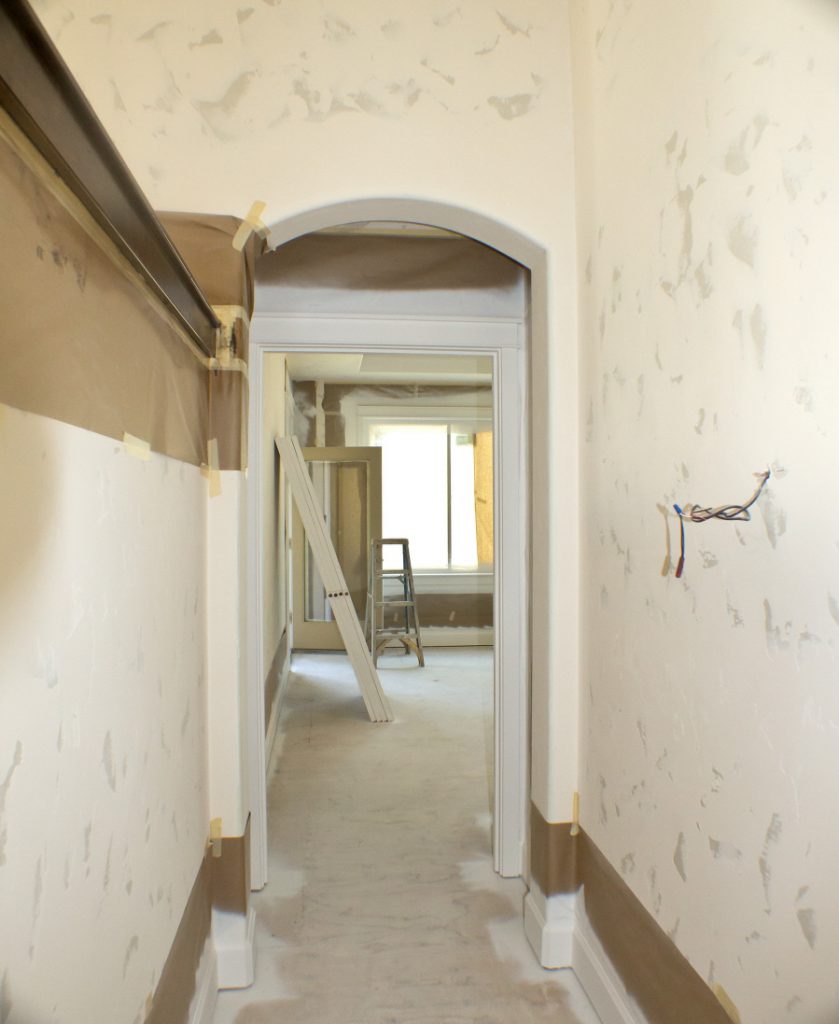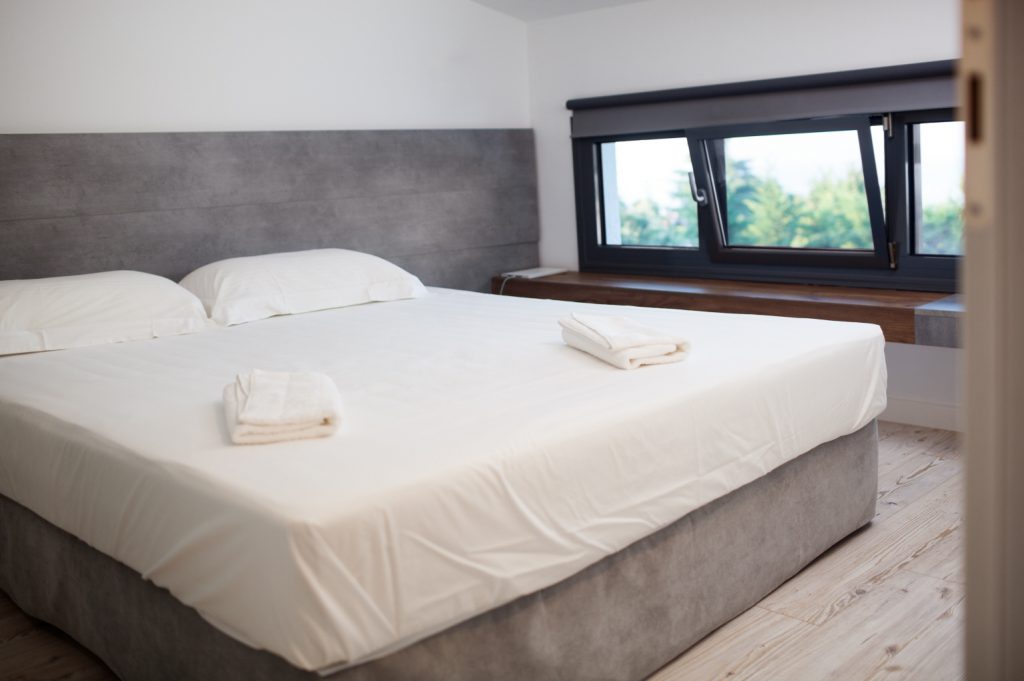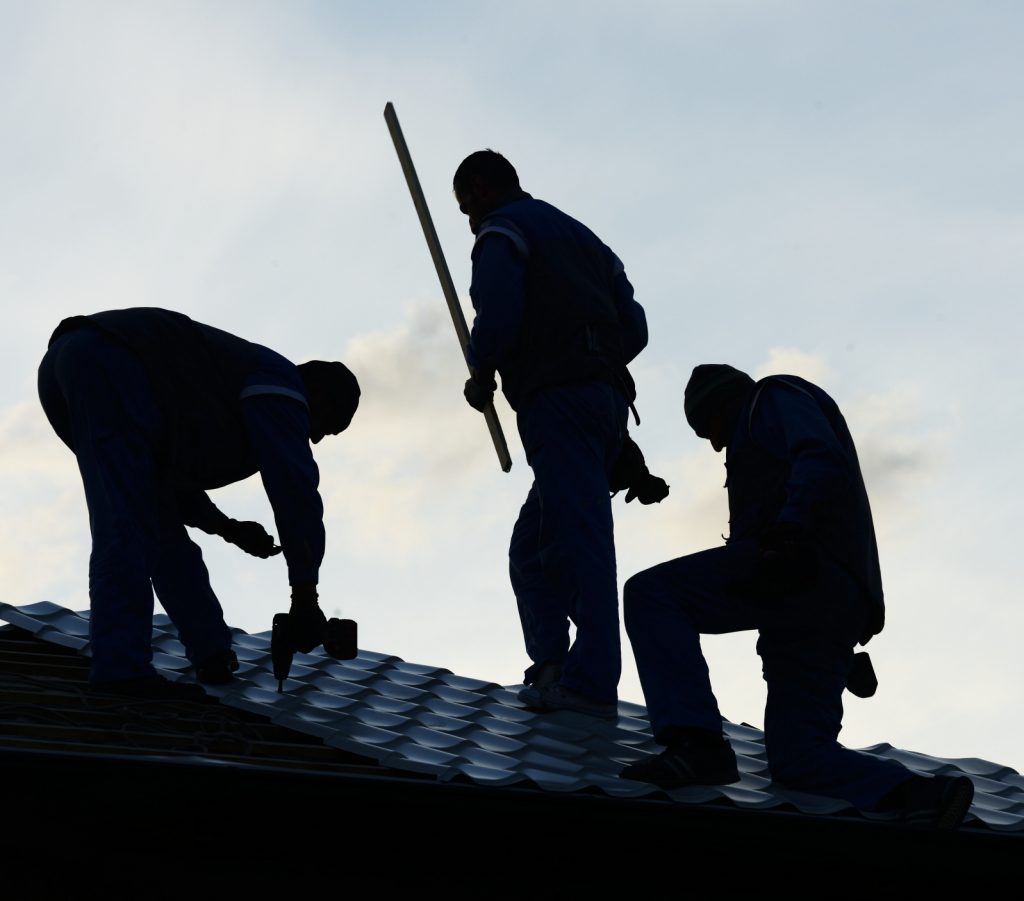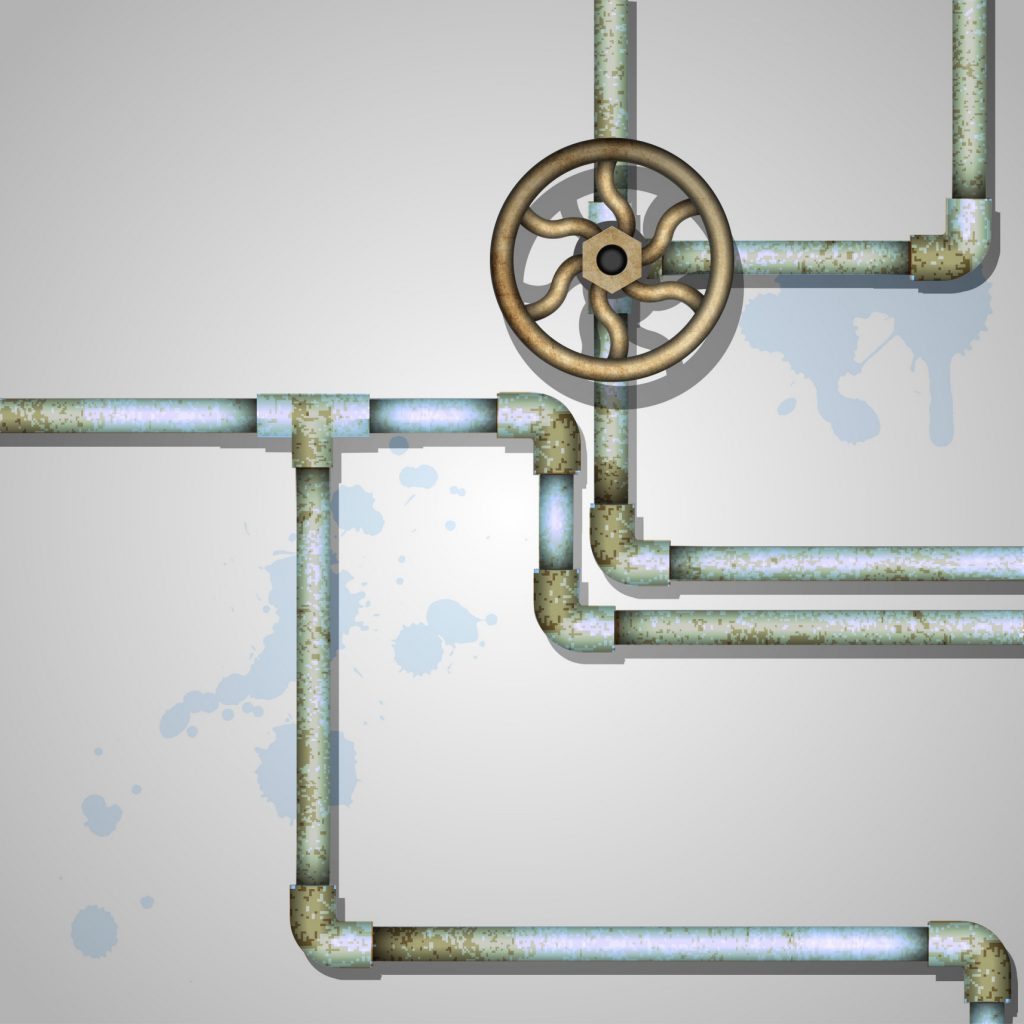DEDICATED to RESULTS
Searching for your dream home is very simple with New Star Realty!
Your #1 online source for real estate listings. Begin your home search with New Star agents.
http://newstarrealty.com/
Monthly Archives: July 2016
How To Get Your Security Deposit Back

If you have ever been in a situation where you felt confident about getting all of your security deposit back, only to find that you were charged for areas you never even considered checking, this checklist is for you.
The coveted return of the security deposit, at the end of tenancy, can feel elusive to some renters. In fact, according to a Rent.com survey, 1 in 4 renters have not gotten their security deposit back when they expected to. The security deposit is not something that should leave your mind as soon as it’s paid, only to come back around at the end of your lease.
In most cases, a landlord will want to return the full security deposit back to you, because that means there was no damage or extra cleaning that needed to be done to the property. Be sure to be aware of the lease agreement throughout your tenancy, and be active about making sure you’ll get your deposit back. Ensuring that your security deposit is returned can require day-to-day tending to during your time as a tenant.
Follow Rental Agreement: Not all security deposit charges are due to direct abuse of property. Your landlord can charge for any work required to make the property look like it did before the start of tenancy. Additionally, a rental lease will include terms to further prevent property alterations and unauthorized changes to your rental.
Even if you consider a change, like a new paint job or new window treatments, upgrades, your landlord might disagree. If you do not have formal permission from your landlord, you could be charged for the living room’s new paint job, or the hole created to install that new curtain rod you put in.
Other lease-breaking damage charges can be caused due simply to negligence throughout your residence on the property. If you failed to change the air filter in the central air system, causing damage, or you didn’t keep the property clean—thus encouraging bugs, you could face a truncated return at the end of your lease.

Deep Clean Before Leaving: Even if you factiously clean your rental, there are always problem areas that are left in the dust. Places like baseboards, the tops of cupboards, and under the entertainment center are rarely examined on a daily basis—and even more rarely cleaned.
Furthermore, high traffic areas can start to look dingy and dirty after a few years. Deep clean and pull out all the stops—use a steam mop, get on your hands-and-knees, and use that elbow grease to make your rental shine! Ensuring that your landlord won’t have to pay a professional cleaner because of a mess you leave behind, is a surefire way to increase your deposit return.
Alternatively, consider hiring your own cleaning service before moving. You will probably find a better rate if you contract a professional house cleaner, than if you leave it up to your landlord to find one with your security deposit fees. If you hate cleaning, or don’t feel like spending time scrubbing the floors during the moving chaos this may be the best option for you.
Touch Up Minor Damage: If you have areas with small holes in the wall from nails or screws, touch them up so your landlord does not need to. A landlord faced with minor damages, will also need to consider the time spent repairing them, save yourself the cash (and your landlord the hassle) by making it a non-issue from the start. Apply this same attentiveness to falling or lose hinges on the cupboards, or any other areas that might have small repairs that could be done. Consider this trick from Nestment, about re-caulking your bathroom to instantly make the shower look new again.
Finally, if you do find that you did not receive your deposit back, or only received a portion of the original amount knowing your rights as a renter can help you find out why you were charged. In most states, it is a requirement that the landlord inform their tenant in writing of the charges to your security deposit. If you live in a state that requires it, this required written document can help you learn what damages you need to avoid for the next time you rent, or can ensure that you were not charged for an issue that you shouldn’t have been.
Credit to Brentnie
Brentnie is a contributor for Rentec Direct. She occasionally stops by to deliver practical industry tips, providing guidance for tenants and landlords alike.

How to Take Better Rental Listing Photos

It’s an old cliché, but everyone still loves to say it: “a picture is worth a thousand words” and trust us, when it comes to enticing potential tenants into making inquires, the old cliché rings a lot of truth.
Including quality photos in your rental listings is no longer a courteous extra, it is necessary. No longer are they the cherry-on-top for a listing, photographs of a rental can be the deciding factor in many potential tenants’ eyes.
Quality images of your rental’s best features and could be the difference between finding the perfect tenant quickly, or unneeded vacancies. Knowing this, it’s important to be able to represent your property with the best quality photographs you can.
Check Your Camera Settings
Planning to DIY your way through the rental listings and take your own photos? Be sure to use a camera that has the technology to sufficiently capture your property. Using an outdated and low end camera can cause blurry or grain-filled photos that distract from your rental rather than highlighting its best qualities. Poor images not only fail to highlight your rental’s best features, they express a sense of apathy and a lack of care toward your listing, a considerable deterrent to a potential tenant.
This isn’t to say that you need the finest equipment money can buy, many new cell phones have the capacity to take great images with the right planning. If you use an iPhone or your new smartphone, be sure to change your settings beforehand. Ensure that your camera’s files are not being compressed for storage on your device, and play around with the light settings to find the best representation of what your eyes see in the room.
Pro Tip:Many cameras have settings to input your light source: tungsten, cloudy, sunny ect. (often referred to as ‘white balance’) changing these settings will ensure that your rooms indoors do not look harsh and yellow or blue and dull.

Use Natural Light
While you don’t need a fancy flash or studio light to achieve a nice white and clean image of your property, you do need to be aware of the do’s and do not’s of lighting. It is impossible to showcase your freshly painted white walls, when your photos all look dim and dingy.
To get the best possible look, take your photos in the daytime when you have a lot of natural light to work with. While this may be hard for some rooms or apartments that do not have a lot of windows, eliminate the use of lamps and ceiling lights.
Pro Tip: Open all the curtains, and even doors to make sure your room is as light as possible before taking your picture. This will make your room look brighter, cleaner and even bigger.
Eliminate Clutter
The best time to take the photographs for your rental is after your normal reinventions and cleanings between tenants have taken place. However, if timing only allows for you to take the images mid-process, make sure to clear out any clutter, or cleaning materials. If your listing is furnished, don’t be afraid to rearrange the room specifically for the photo.
The most pleasing furniture arrangement for the photographs could be different than what logistically works best in day-to-day life—this is okay. Move the couch to new wall to create a new focal point—even if you know most tenants will prefer to face the TV hook-ups adjacent to the couch. As long as you’re not misrepresenting the listing’s assets, feel free to experiment to see ways that you re-arrange items to open the floor space and make the room more inviting.
Pro Tip: Potential renters respond positively to a house that is staged during their rental search process. A staged home is decorated to look its most beautiful for the purpose of selling or renting a house faster. Staged homes allow a person to see what the house looks like when someone lives there. If your house is empty, consider bringing in a couch, side table, flowers and a throw blanket to stage a cozy living room for a photo shoot.

Get Your Rental’s Good Side
Be sure to capture all the necessary shots: the living area, kitchen, bathrooms and bedrooms, but be sure to be discerning with what you include. If your rental has particularly beautiful landscaping, be sure to include a photo of just the garden. Was the kitchen newly remolded? Take a close up of the new counters and appliances.
Pro Tip: If you recently purchased top of the line appliance for your rental, it is not necessary to a picture of the appliance logo. You future tenant will appreciate a shot that shows the whole appliance so they can see that is actually new and fits the room nicely.
When to Leave it to the Experts
In some circumstances, despite a working knowledge of your camera, and the best intentions, there can be times when it might be worth it to call a professional. If you are noticing that your photos are not the quality you hoped for, or if you have a lot of rentals, it could be time to pick up the phone and call a photographer who specializes in property listings.
For any owner, the reality is that even the best DIY-er will be outmatched by the quality that a professional can offer, and that can translate to finding a tenant sooner. Extended vacancies can cost you more than a professional’s fee.
Pro Tip: For owners of multiple listings, the time investment required to do it yourself may not be achievable—and you can check around to see who offers a multiple property discount.
The next time your rental is ready to be listed, don’t hesitate to do what it takes to include great photos. By following our simple tricks, you’ll know precisely how to display your listing in the best light possible–literally and figuratively.
Credit to Brentnie
Brentnie is a contributor for Rentec Direct. She occasionally stops by to deliver practical industry tips, providing guidance for tenants and landlords alike.

A PERFECT PLACE to find your home
Buy? Sell? Rent? Keep?
14 Common Home Problems Buyers Should Look For

When looking for a home to buy, it pays to be aware of common problems found in many homes. Once you make the purchase, you take over responsibility for all of the existing issues in the home. Keep an eye out for these issues so you can adjust your offer accordingly, or move on to another property that is relatively problem-free.
If you are a perspective home seller reading this please make mental note of these common home sale issues so you can be well prepared to identify and address them before you put your home up for sale. You will be glad you did!

1. Roof Problems
The roof is one of the most important components of the home. A damaged or poorly maintained roof can lead to serious problems, including water damage. Major roof repairs can be expensive, and should definitely be factored into the price of the home if they exist. The roof is an area that most buyers will not compromise on. Keep in mind however that when you have a home inspection and your inspector tells you that there are only a few years of expected life in the roof, you shouldn’t expect the seller to replace it. Most sellers are not going to replace a roof when there are years of life left before issues arise.
2. Old Appliances
Appliances are built to last only so long, especially if they are not regularly maintained. The cost of replacing appliances can be substantial and should be considered. Granted, higher quality appliances last longer. It is worthwhile to do some research on the year, brand and model of the major appliances in a property to get a clear picture of what you are purchasing.
3. Handrails
This may seem minor, but functional handrails are necessary on staircases and along balconies for safety. Test all of the handrails in a home, and ensure that all appropriate areas have handrails before buying. One of the common trouble spots is on decks. This becomes especially important when the deck is elevated off of the ground where someone could get seriously hurt if falling from a greater height.
4. Storm Damage
Each area of the country experiences extreme weather – weather that can do serious damage to a home. From hurricanes to hail storms, these weather events can damage roofs, siding and even foundations in the event of flooding. Hail storms can be very destructive without a home owner even realizing it. A few years ago in Hopkinton Massachusetts, over a third of the homes in town received new roofs because of a vicious hail storm.
This is something that most good homeowners insurance policies will cover. Unfortunately there were also a number of people in Hopkinton who did not even think to check that they had hail damage. Upon selling their home, the buyer would get a home inspection and that’s when they found out they had damage. For many of these home sellers it was too late to file a claim. The tough part of hail damage is that it is not often visible to the naked eye. A good home inspector will be able to spot hail damage by getting up on the roof or possibly by using high-powered binoculars.

5. Rotten Wood
Even modern, pressure-treated wood will break down under the elements eventually. Look for rotten wood around the base of the home, along the roof and anywhere else where moisture may have been an issue. Some of the most common areas you will find wood rot on a home are on the window sills.
While rotted window sills can be found on any age home, there has been a prevalence of it in homes that were built in the 80’s and 90’s due to lesser-quality, finger-jointed woodwork. Finger-jointed materials, if not constantly painted, will rot a lot more quickly due to water penetration and just an overall lack of quality.
6. Cooling or Heating Systems
Temperature control systems wear out over time, and they can be expensive to replace. Check on the age, integrity and maintenance schedule of any heating or cooling system present in the home. Newer models are notably more efficient, making them a much better deal in the long run.
One of the most important things you can do as a home buyer is to check the current owners’ upkeep of these items. It is certainly possible a well-maintained boiler can last thirty years or more. It is just as easy for that same boiler to last half as long if not maintained yearly with regular servicing.
7. Environmental Issues
Environmental regulations become increasingly strict as time goes on. This is good for buyers of new homes, but it does not necessarily protect you if you are purchasing an older home. Radon, lead-based paint, mold and asbestos are all health concerns.
Be aware of the dangers of these materials and verify whether they are present in each property. If the home is serviced by a well (as opposed to public water), it is also a good idea to get that tested too. Often times standard well tests will only do a limited screening for such things as iron, copper, manganese, etc. You will want to make sure you also test for more dangerous compounds such as arsenic, mercury and lead.
8. Poor Drainage
Water damage is a risk in areas with poor drainage. Verify that each home you consider has adequate drainage to deal with area rainfall. Because water damage can lead to expensive repair work and mold infestation, you need to ensure that drainage is sufficient on any property you purchase. This is one issue as a home seller not to mess with. There is nothing that will kill a real estate sale quicker than a water issue. Buyers do not want to even think about having a water problem with their home.
9. Electrical Safety Concerns
Older homes may not have electrical systems up to current codes. Things like ground fault breaker outlets in bathrooms and kitchens, as well as grounded outlets throughout the house are necessary for a safe living environment, especially when you consider the current electrical load people put on their homes with new appliances and electronics. In older homes look out for knob and tube wiring.
Most lenders will not provide a loan and most insurance companies will not ensure a home with knob and tube wiring. Eliminating a huge chunk of the buyer pool is not going to help you get top dollar for your home. This is an issue you would want to address before listing your home for sale.
10. Roof Water Control
Gutters may seem like a minor part of a home, but they do a very important job in keeping your house free from water intrusion. Clogged or poorly maintained gutters can leave your home exposed to water and the mold that comes along with it. Sellers that have plants growing in their gutters bring negative attention to their homes. It looks like you could care less about the upkeep of your property and makes buyers look more closely at other potential problems.

11. Plumbing Problems
Plumbing may be hidden from site in homes, but it is a large part of what makes the modern home livable and comfortable. Older homes with older pipes can present problems, though. Make sure your potential home has plumbing that works, and no serious plumbing issues right around the corner. Things like tree root growth can quickly stop up your plumbing and may be a problem with older pipes.
12. Bad Insulation
Modern insulation is excellent at keeping the temperature in your home comfortable. However, some home builders, especially in older homes, did not always insulate adequately. If you view a home in summer, you may be surprised come winter when the house will just not hold heat. Have someone who knows verify that the home has good insulation before you buy. It is common for older homes to not have nearly the same energy efficiency due to lack of insulation in walls and sometimes in the attic as well.
13. Poor Ventilation
A home that does not allow airflow is at risk of developing mold problems, a nightmare for any homeowner. Verify that the home you are looking at allows airflow throughout the house, including the attic. It may be impossible to achieve perfect airflow in every room, especially basements, but the home should allow airflow through most rooms of the house.
One of the most notable home imperfections is a bathroom vent dumping into the attic and not out through the roof. While a bathroom being vented through the roof is now code in most states, this was not the case until recently. It is very common to see homes that have venting leading into the attic, creating the perfect environment for moisture and mold growth.
14. Foreclosed Homes
Foreclosures may initially present an excellent deal, but they also present certain risks. Sometimes earlier owners will do serious damage to such homes before exiting the property. This can include anything from stripping copper piping to tearing out cabinets or other valuable fixtures.
Always look over the property before getting your hopes up, because sometimes you do get what you pay for. When real estate deals seem to good to be true they usually are! Keep in mind when you purchase a foreclosed home the lender who now owns the home generally will know very little about the previous owners’ upkeep and maintenance.
The Help of Someone Who Knows
If these 14 things seem like a lot to keep track of, it is because they are. This is why the help of an experienced professional real estate agent can prove so valuable. They look for such things as a matter of course. However, if you choose to go it alone, make sure to download a home viewing checklist to make sure you cover all of your bases before making an offer.
These are all common items that can certainly be discovered at a home inspection by a qualified home inspector. As a buyer, you should be making mental notes of these items before hand so you can make an offer and budget accordingly. When you are mentally prepared for these types of issues when purchasing real estate, there will be a lot less stress involved with your transaction should one or more of these problems crop up. Don’t lose your cool when you find a problem. Take it slow and do the necessary research to resolve the problem by speaking with a few reputable contractors and getting necessary estimates for repair.
Credit to Bill Gassett
Bill Gassett is a nationally recognized real estate leader who has been helping people move in and out of the Metrowest Massachusetts area for the past twenty six plus years. He has been one of the top RE/MAX REALTORS® in New England for the past decade. In 2012 he was the #1 RE/MAX agent in all of New England.



